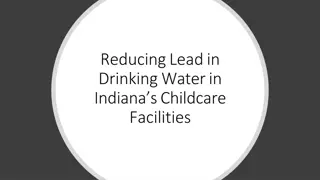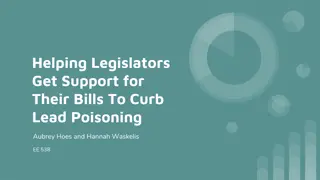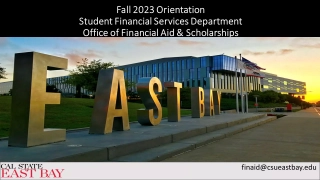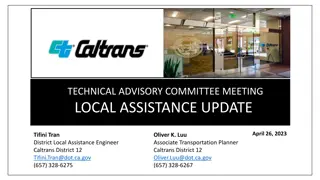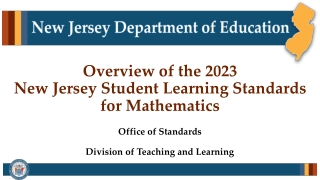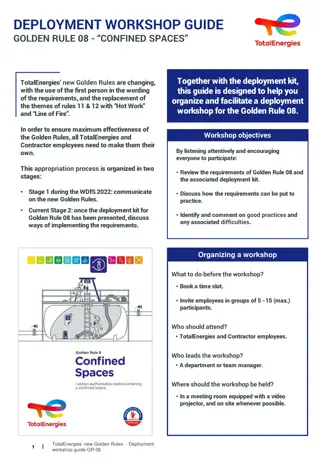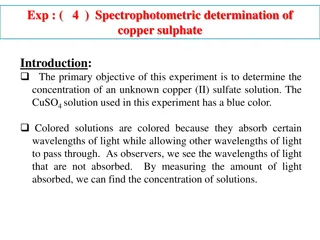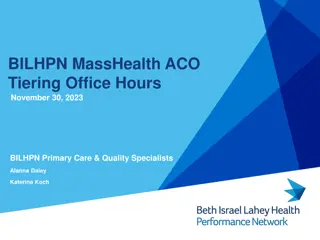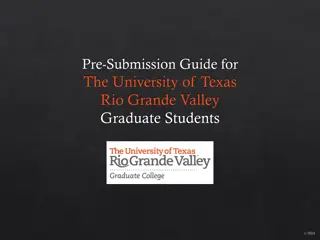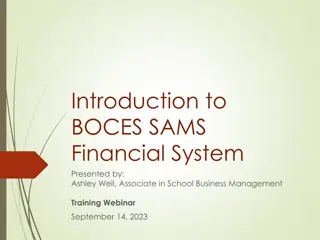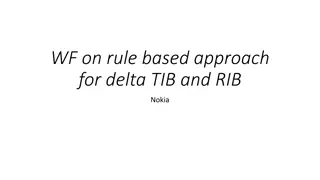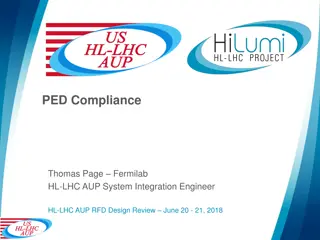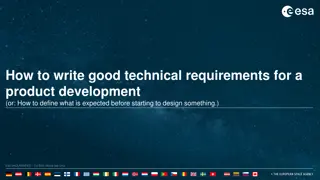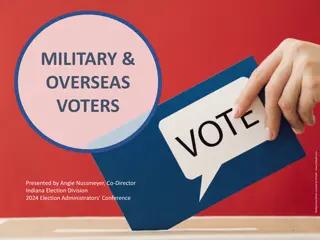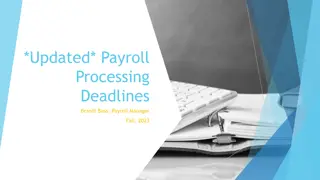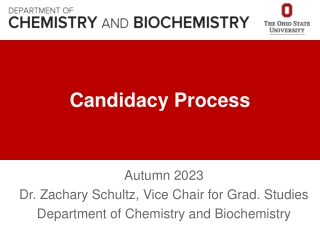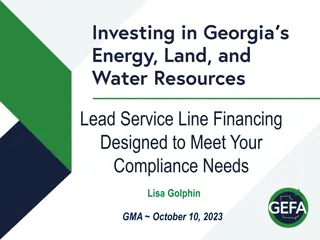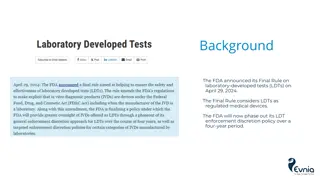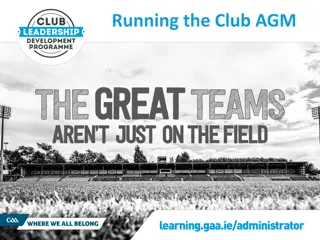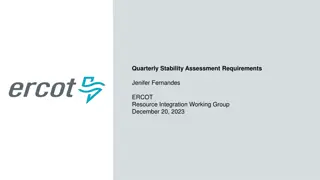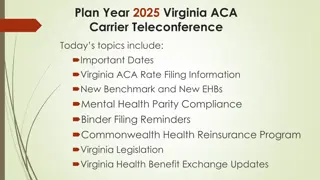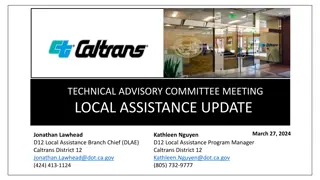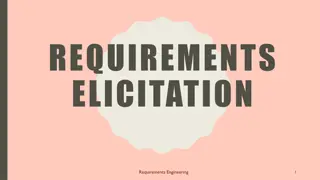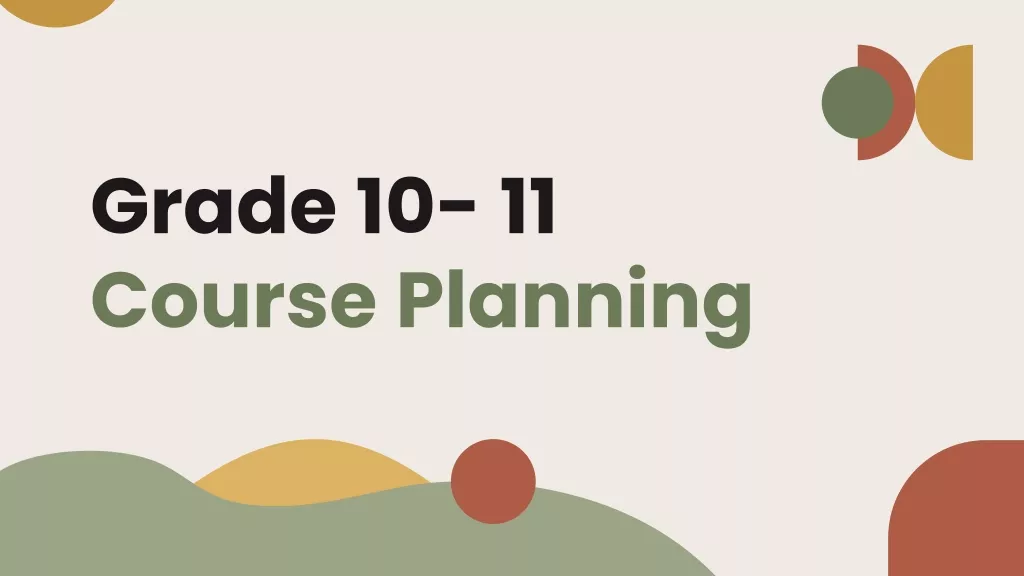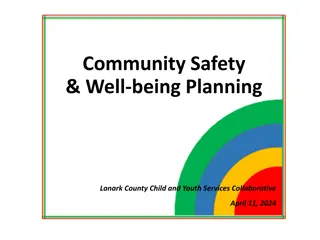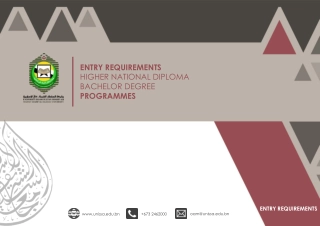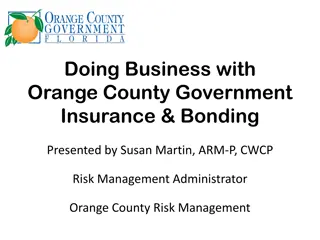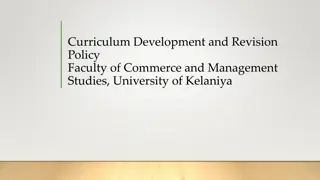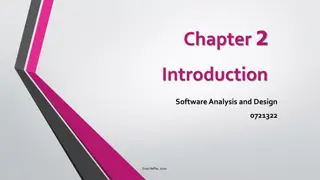Lead and Copper Rule Revisions - Important Requirements and Deadlines
Water systems must prepare an inventory of service lines to identify those made of lead or unknown materials, with compliance deadlines set for different types of water systems. The inclusion of all service lines and visual inspections are key aspects of the new regulations, aiming to improve water safety and quality. The upcoming Lead and Copper Rule improvements are outlined for implementation in 2024.
Download Presentation
Please find below an Image/Link to download the presentation.
The content on the website is provided AS IS for your information and personal use only. It may not be sold, licensed, or shared on other websites without obtaining consent from the author. Download presentation by click this link. If you encounter any issues during the download, it is possible that the publisher has removed the file from their server.
Presentation Transcript
Lead & Copper Rule Revisions (LCRR) effective December 16, 2021 All water systems must prepare an inventory of service lines connected to its distribution system, whether or not they are owned or controlled by the water system, to identify those service lines made of lead or of unknown material. . . Community water systems and non-transient, non-community water systems must comply with the requirements of this subpart no later than October 16, 2024 . . . 40 CFR, Ch 1, Part 141.81, Subpart 1 (7-1-21 Edition) pg 560 (pg 4 of 70 in PDF).
LEAD AND COPPER RULE REVISIONS - LCRR INVENTORY DUE OCTOBER 16, 2024 UPCOMING LEAD AND COPPER RULE IMPROVEMENTS -LCRI PROMULGATION 2023 IMPLEMENTATION 2024
MoDNR Drinking Water Watch: Population & Service Connections Google Search MoDNR DWW Click Public Access or County Map Water System Type: C = Community (inventory required) NTNC = Non-Transient Non-Community (required) NC = Non-Community Transient (not required)
INCLUDES ALL SERVICE LINES IN DISTRIBUTION SYSTEM Systems must include all service lines (40 CFR 141.84(a)(2)), regardless of the actual or intended use. These include, for example, service lines with non- potable applications such as fire suppression or those designated for emergency. These service lines could be repurposed in the future for a potable or non-emergency use. Water systems must include in their inventory service lines connected to vacant or abandoned buildings, even if they are unoccupied and the water service is turned off. US EPA (Federal) Guidance for Developing and Maintaining a Service Line Inventory, published August 4, 2022. pg 2-9 (pg 30 of 164 in PDF)
Visual inspection has the greatest accuracy of any method (undeniable current proof of what is actually in the ground )
VISUAL INSPECTION AT METER PIT DNR, If lead can be identified at the meter pit on either side of the meter or both, then that portion is identified as lead. No further investigation needed. If identification in the meter pit is not lead then additional investigation is needed to determine if lead is present.
Split ownership, (most common) EPA recommends 3 Points of Identification for visual inspection: 1 on each side of the meter & 1 near building foundation.
If single service line pipe, 2 Points of Identification (one on each end) is good. For example, 1 point near main and 1 near building inlet. If section is same on both ends, we assume it is uniform pipe material.
Can utility/customer see service line entering basement wall/floor? Otherwise, might need to pot hole at outer wall foundation to see, Some systems do not have connectors & service lines are visible in the meter pit. Most will need to pot hole several feet out from sides of meter to see past connectors and view the service line itself.
Systems may offer a monetary incentive, such as water bill credit, for customers who take a picture of the service line entering their house and text/email it to the system. System verifies & keeps records as proof
PAPER RECORDS Distribution system records System maps Tap cards Meter Installs Plans & Specs (DNR Regional Office/Sunshine Law)
DIGITAL/DATABASE RECORDS Online Building Information Plumbing codes / construction permits System records
DIGITAL RECORDS / DATABASE >10% VALIDATED
SAMPLING Existing Sample records Targeted Sampling Flushed Sampling Sequential Sampling
All CWS & NTNCWS must create a service line inventory regardless of whether or not they have confirmed Lead Service Lines (LSL) or GRR. Inventory is a living record to develop, maintain, & submit to MoDNR PWS must use MoDNR spreadsheet for official submission to the State. Do NOT use EPA s federal template (that is example not for reporting)
SERVICE LINE CONSUMER NOTIFICATION Notify customers with LSL/GRR/Unknown Status Deliver by mail other approved method Within 30 days of initial inventory
SERVICE LINE CONSUMER NOTIFICATION Notify customers with LSL/GRR/Unknown Status Provide in appropriate language Large non-English speaking consumers Materials in appropriate language Phone number to obtain materials translated assistance in appropriate language
Service Line Inventory Process: In a Nutshell
JIM PATTON JPATTON@MORURALWATER.ORG 573-337-0053







